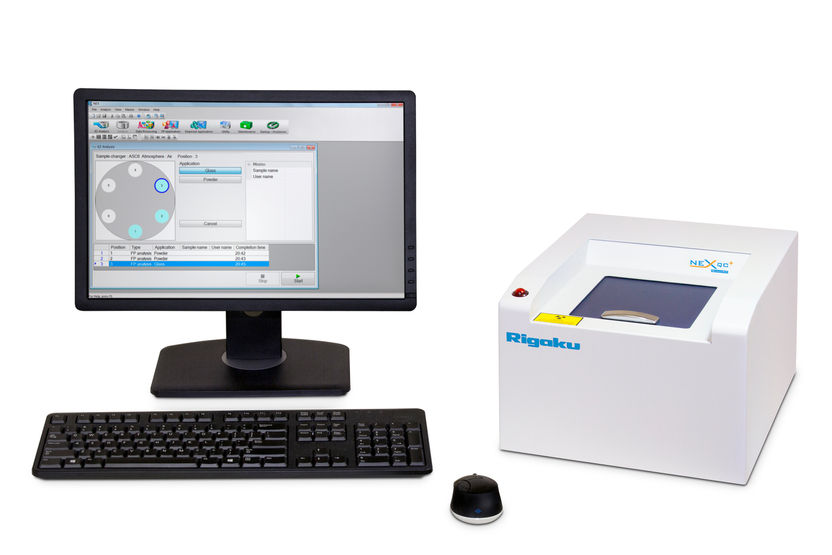ORNL scientists reveal battery behavior at the nanoscale
As industries and consumers increasingly seek improved battery power sources, cutting-edge microscopy performed at the Department of Energy's Oak Ridge National Laboratory is providing an unprecedented perspective on how lithium-ion batteries function.
A research team led by ORNL's Nina Balke, Stephen Jesse and Sergei Kalinin has developed a new type of scanning probe microscopy called electrochemical strain microscopy (ESM) to examine the movement of lithium ions through a battery's cathode material. The research, "Nanoscale mapping of ion diffusion in a lithium-ion battery cathode" (Balke et al.), is published in Nature Nanotechnology.
"We can provide a detailed picture of ionic motion in nanometer volumes, which exceeds state-of-the-art electrochemical techniques by six to seven orders of magnitude," Kalinin said.
Researchers achieved the results by applying voltage with an ESM probe to the surface of the battery's layered cathode. By measuring the corresponding electrochemical strain, or volume change, the team was able to visualize how lithium ions flowed through the material. Conventional electrochemical techniques, which analyze electric current instead of strain, do not work on a nanoscale level because the electrochemical currents are too small to measure, Kalinin explained.
"These are the first measurements, to our knowledge, of lithium ion flow at this spatial resolution," Kalinin said.
Lithium-ion batteries, which power electronic devices from cell phones to electric cars, are valued for their low weight, high energy density and recharging ability. Researchers hope to extend the batteries' performance by lending engineers a finely tuned knowledge of battery components and dynamics.
"We want to understand – from a nanoscale perspective – what makes one battery work and one battery fail. This can be done by examining its functionality at the level of a single grain or an extended defect," Balke said.
The team's ESM imaging can display features such as individual grains, grain clusters and defects within the cathode material. The high-resolution mapping showed, for example, that the lithium ion flow can concentrate along grain boundaries, which could lead to cracking and battery failure. Researchers say these types of nanoscale phenomena need to be examined and correlated to overall battery functionality.
"Very small changes at the nanometer level could have a huge impact at the device level," Balke said. "Understanding the batteries at this length scale could help make suggestions for materials engineering."
Although the research focused on lithium-ion batteries, the team expects that its technique could be used to measure other electrochemical solid-state systems, including other battery types, fuel cells and similar electronic devices that use nanoscale ionic motion for information storage.
"We see this method as an example of the kinds of higher dimensional scanning probe techniques that we are developing at CNMS that enable us to see the inner workings of complex materials at the nanoscale," Jesse said. "Such capabilities are particularly relevant to the increasingly important area of energy research."
Other news from the department science
These products might interest you
Most read news
More news from our other portals
See the theme worlds for related content
Topic World Battery Technology
The topic world Battery Technology combines relevant knowledge in a unique way. Here you will find everything about suppliers and their products, webinars, white papers, catalogs and brochures.

Topic World Battery Technology
The topic world Battery Technology combines relevant knowledge in a unique way. Here you will find everything about suppliers and their products, webinars, white papers, catalogs and brochures.

































































